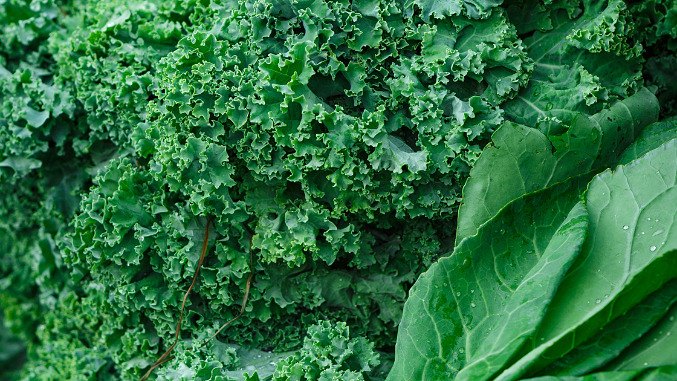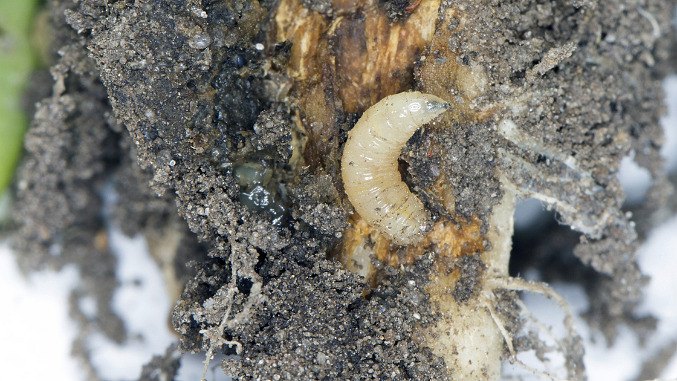
Protecting your plants against cabbage root fly
5 Minute Read
Dr Ian Bedford tells us everything we need to know about the 'bug of the month' for August, cabbage root fly.Understanding cabbage root flies
What are brassicas?
Brassica is a genus of edible plants comprising of many wild and cultivated species from the cabbage and mustard family. Cultivated brassicas, of many different varieties, are often referred to as cruciferous vegetables or cole crops; aside from being grown commercially as an edible field crop, they’re also commonly grown for food in home gardens and allotments.
Most Brassicas are an important food source for many animals, too - many of which brassica growers will regard as plant pests, including from pigeons, deer, and rabbits to numerous species of foliage-feeding invertebrates, all of which have the potential to damage plants before they are harvestable.

Beware of common pest infestations
However, pest infestations on the plants, or the damage caused by those who eat the leaves, will usually be seen if the plants undergo regular inspection, prompting control measures that hopefully protect and save the crop.
Unfortunately, there will also be soil-dwelling pests that feed on brassica roots that often remain undetected until the plants have suffered serious damage - the most common of these will be the larvae (maggots) of the Cabbage root fly Delia radicum.
Throughout the winter, Cabbage root flies remain underground as pupae in locations where brassicas are, or were previously grown during summer.
Throughout the winter, Cabbage root flies remain underground as pupae in locations where brassicas are, or were previously grown during summer.

What is cabbage root fly?
The adult flies look similar to common houseflies, and hatch from their pupae during spring and initially visit flowers to feed on nectar. They then mate before the females disperse to find young brassica plants, where they lay eggs into the soil around the stems.
These hatch into white, legless larvae that grow up to 9mm as they feed on the roots, gradually weakening the infested plants by starving them of water and nutrients.
When mature, the larvae pupate within the soil before they emerge as the next generation of adult root flies within 7 – 10 days, with three generations usually produced each summer.

How to control cabbage root fly
Since chemical insecticides cannot be used against Cabbage root flies, it’s important to understand their lifecycle if cultural or physical methods are to be used to control them.
So, knowing that they overwinter as pupae means that during the winter months, they may be exposed to insectivorous birds and lethal frosts by hoeing and raking the soil around the areas where brassicas are still growing or had previously established themselves.
During spring, when young brassicas are planted or germinating in the ground, it is possible to prevent egg-laden adult flies from reaching the soil around the plants by using a standard fine mesh netting (1.3 – 1.4mm) to cover the plants.
In addition, it is possible to apply barriers to the soil surface around the stems of the brassica plants - stems can be protected with a fabric disk known as a cabbage collar or a layer of non-absorbent substrate. These inert barriers can effectively block the flies from laying their eggs into moist soil, causing them to desiccate and die.

About Dr Ian Bedford
Ian has been fascinated by the bug world for as long as he can remember. From studying butterflies on the South Downs as a youngster, he went on to pursue a career in Research Entomology and ran the Entomology Dept at the John Innes Centre in Norwich up until his recent retirement. Ian now works as an independent entomologist offering advice to companies developing environmentally safer plant protection products.VISIT WEBSITE

'Bug of the Month'
Welcome to 'Bug of the Month' with Dr Ian Bedford.Every month Ian will shares his knowledge on how to protect your plants and gardens from preventable pest invasions while providing valuable insights into the insects regularly found in our gardens.
READ MORE
